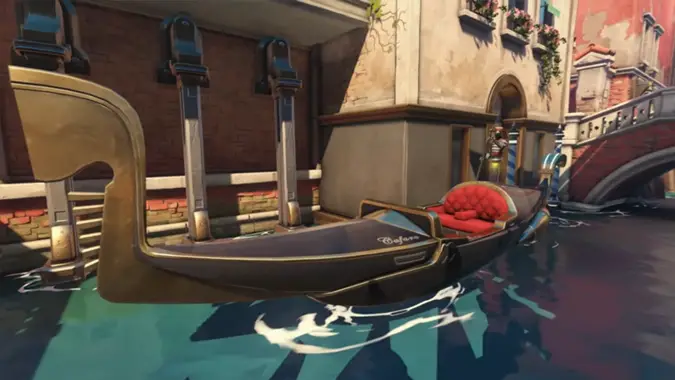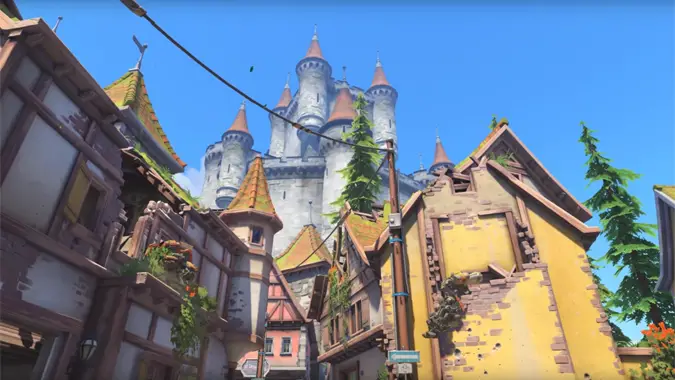Overwatch Assistant Game Director dives into the design of Rialto’s deadly canals

Earlier this month, Overwatch level designer David M. Adams provided a behind-the-scenes look at the creation of Gibraltar, sharing a time lapse of the map’s development. Now, in a video from Ars Technica, Assistant Game Director Aaron Keller provides similar for Rialto, the game’s latest map addition. Though there’s no time lapse for Rialto, Keller walks us through what’s involved in creating a new Overwatch map — and some of Rialto’s design iterations.
We highly recommend watching the full video for all of the details Keller provides, but we were particularly interested in how much thought the developers put into the waterways of Rialto. When building a map in Venice, it’s almost mandatory to include its iconic canals. Those canals are quite likely the reason developers chose such a location to begin with. However, the canals that were so alluring to begin with could very easily become a point of frustration. In Overwatch, falling into water is instant death. An ever-present threat of tumbling into the canals to die can be frustrating, not entertaining. Throughout Rialto’s development, the developers pulled some of the action away from the water. They made chokepoints such as bridges wider — reducing the threat of a team constantly being tossed to its doom.
Bridges are, themselves, often a point of contention in map balance. For over a decade in World of Warcraft, players have taken issue with the bridges in the battleground Alterac Valley. The bridges create an asymmetrical experience that make it difficult for players to siege and push through a choke. In addition to forcing players to clump up and be vulnerable to AOE attacks, those clumped up players can easily be thrown to their death by a knockback or “boop” effect. The developers seem to have taken extra care to consider this problem in Rialto.
The Overwatch developers also took this opportunity to add a layer of interactivity — and, perhaps, random luck — to the waterways of Rialto. Gondolas traveling on a circuit throughout the waterways were added as potential saviors for players thrown into the canals. While it feels awful to die due to falling in the water, it feels great to be thrown into the canal only to land safely on a passing gondola, where you can climb back up onto solid land and rejoin the fight.

Keller leads us through most of the development process for Overwatch maps, from ideation to playtesting. But one of the most fascinating considerations in map design is the conflict between player perception and reality. He uses the Eichenwalde map as an example. The first point of the Eichenwalde map received a few gameplay changes after its release. This was largely in response to players feeling like it was too difficult to get past that first checkpoint. However, Blizzard’s internal data — data gathered from players playing through that map — showed the players’ perception to be false. Generally speaking, capturing that first point wasn’t any more difficult than any other map objective. It didn’t take any longer than any other map objective. How players felt simply didn’t align with the data.
But how players feel is an important part of game design. The numbers are important, sure, but if the numbers all seem fine yet your players still aren’t enjoying what you’ve given them, that remains a fundamental problem. In the end, Blizzard made the necessary changes to Eichenwalde. By all indications, the map is still balanced, but it feels better to play, too.
We hope Ars Technica continues making these videos with Blizzard Entertainment; their Overwatch videos (such as the game’s unsolved mysteries) and their recent Hearthstone videos have all been solid and informative.
Please consider supporting our Patreon!
Join the Discussion
Blizzard Watch is a safe space for all readers. By leaving comments on this site you agree to follow our commenting and community guidelines.
 @AlexZiebart
@AlexZiebart



